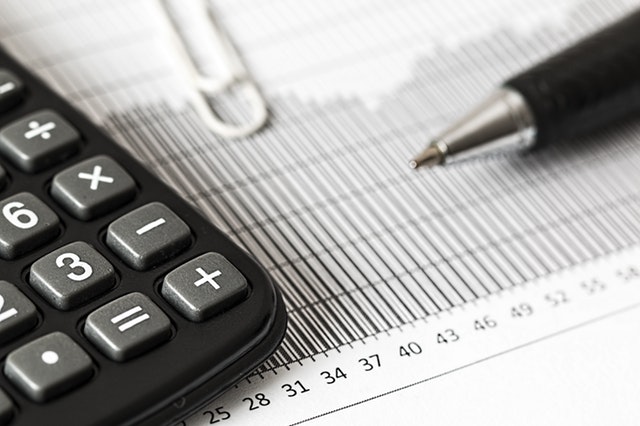4 Ways To Pay Off My Mortgage Faster
 For most people, the mortgage payment is the biggest monthly expense. Whether you’re facing retirement or still working, it would be nice to be free of this debt. Although you probably can’t pay it off in one lump sum, it is possible to pay off your mortgage sooner than expected.
For most people, the mortgage payment is the biggest monthly expense. Whether you’re facing retirement or still working, it would be nice to be free of this debt. Although you probably can’t pay it off in one lump sum, it is possible to pay off your mortgage sooner than expected.
Here are four strategies to try.
1. Make Bi-Weekly Payments
You could shave eight years off a 30-year mortgage simply by breaking down your monthly payments into two payments instead of one. You’ll pay the same amount each month while the interest paid over the length of the loan is reduced.
2. Make Principal-Only Payments
If you look at your mortgage payment slip, you’ll notice that the majority of your monthly payment goes toward interest. Slash years off your mortgage by making occasional principal-only payments on top of your regular payments. Consult your lender to see how many of these are allowed per year. If they’re limited, maximize each opportunity by making as large a principal-only payment as you can manage.
3. Refinance When Rates Drop
If your mortgage originated when interest rates were high, refinance it now that rates are still historically lower. You may need to pay closing costs, but you’ll still end up dramatically lowering the amount of interest you are paying on your mortgage. While you’re at the refinancing game, consider getting into a shorter term length. This tactic will probably increase your monthly payment, but if you can afford it, it’s a good strategy for paying down your mortgage quicker.
4. Pay Extra Each Month
If you can afford it, pad your monthly payment with a little extra as often as possible. Just paying $50 or $100 extra will enable you to get rid of your mortgage a little faster. Find the extra money by cutting back on small niceties, such as subscriptions, take-out food and more. You won’t notice the lack of small conveniences, but you will certainly notice a shortened mortgage loan term.
When you work to pay off your mortgage faster, you essentially save thousands of dollars in interest over the life of the loan. Implement one or more of these ideas to become mortgage-free just a little bit sooner.
If you are interested in refinancing your home, be sure to contact your trusted home mortgage professional.

 You’ve finally found the perfect home for your family. Now the only thing standing between you and domestic bliss is the loan process. Use these techniques to shorten the amount of time between placing your bid and getting the final approval on your new home mortgage.
You’ve finally found the perfect home for your family. Now the only thing standing between you and domestic bliss is the loan process. Use these techniques to shorten the amount of time between placing your bid and getting the final approval on your new home mortgage. Many mortgage payments are made up of four parts, called PITI. PITI is an acronym that stands for principal, interest, tax, and insurance. It’s important to understand PITI because it is the real number you need to use in order to find out how much mortgage you can afford to pay each month.
Many mortgage payments are made up of four parts, called PITI. PITI is an acronym that stands for principal, interest, tax, and insurance. It’s important to understand PITI because it is the real number you need to use in order to find out how much mortgage you can afford to pay each month. Securing the best conventional mortgage rate possible can pose a challenge for even veteran property buyers.
Securing the best conventional mortgage rate possible can pose a challenge for even veteran property buyers.